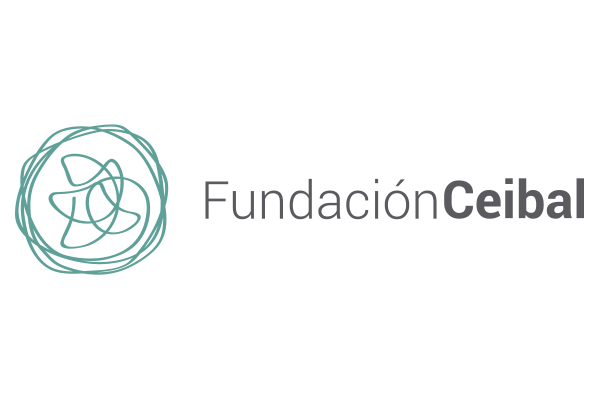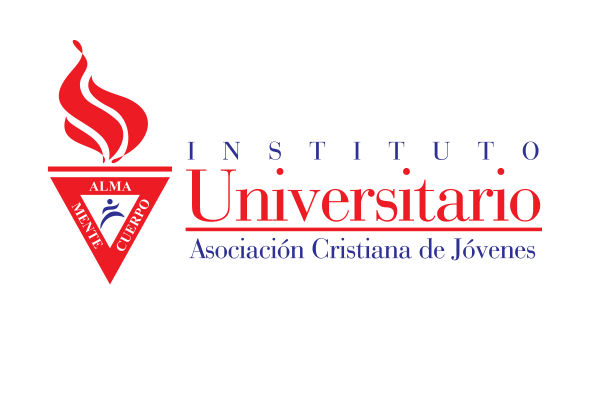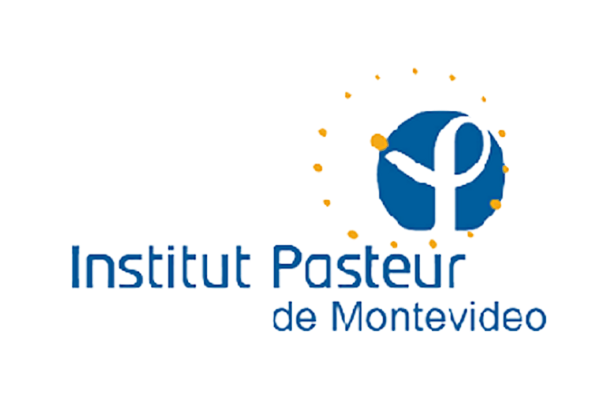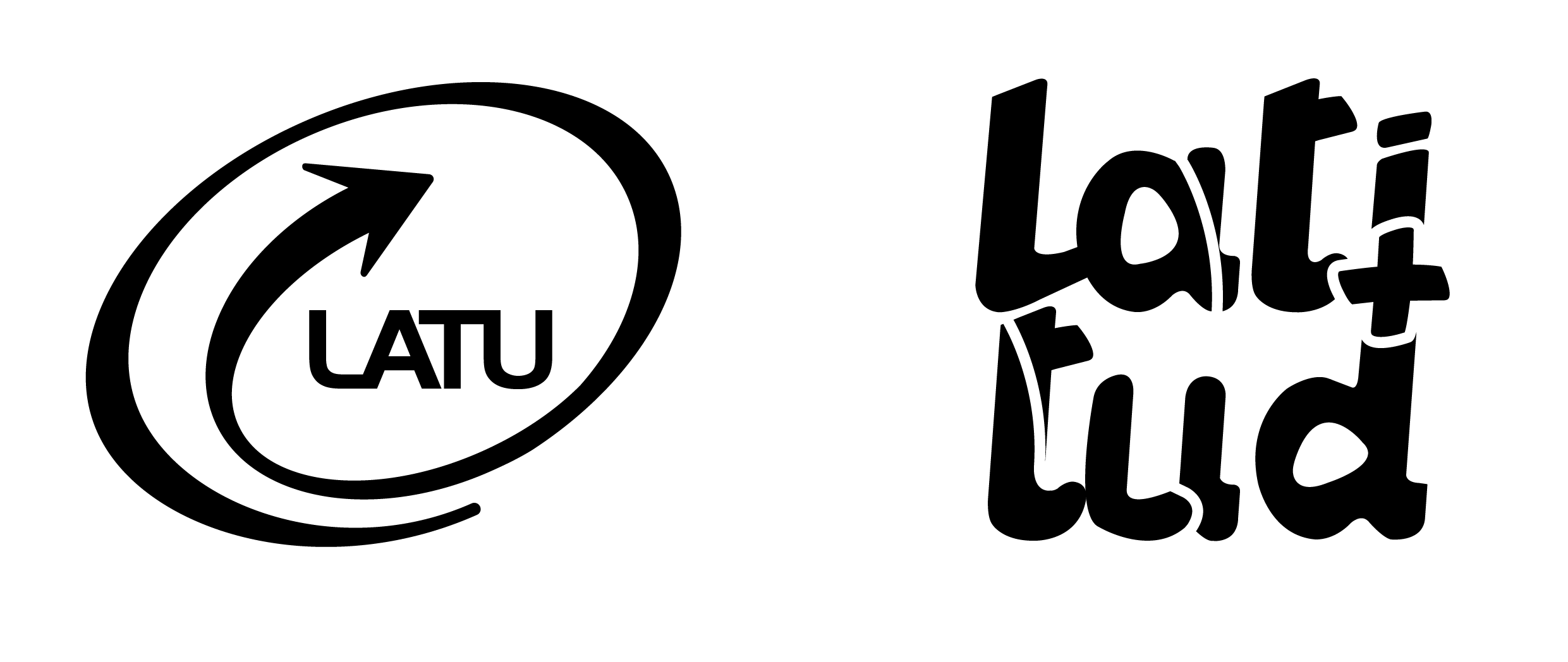Soybean stem canker caused by diaporthe caulivora; pathogen diversity, colonization process, and plant defense activation
Editor(es): Frenkel, O.
Resumen:
Soybean is an important crop in South America, and its production is limited by fungal diseases caused by species from the genus Diaporthe, including seed decay, pod and stem blight, and soybean stem canker (SSC). In this study, we focused on Diaporthe species isolated from soybean plants with SSC lesions in different parts of Uruguay. Diaporthe diversity was determined by sequencing the internal transcribed spacer (ITS) regions of ribosomal RNA and a partial region of the translation elongation factor 1-alpha gene (TEF1α). Phylogenetic analysis showed that the isolates belong to five defined groups of Diaporthe species, Diaporthe caulivora and Diaporthe longicolla being the most predominant species present in stem canker lesions. Due to the importance of D. caulivora as the causal agent of SSC in the region and other parts of the world, we further characterized the interaction of this pathogen with soybean. Based on genetic diversity of D. caulivora isolates evaluated with inter-sequence single repetition (ISSR), three different isolates were selected for pathogenicity assays. Differences in virulence were observed among the selected D. caulivora isolates on susceptible soybean plants. Further inspection of the infection and colonization process showed that D. caulivora hyphae are associated with trichomes in petioles, leaves, and stems, acting probably as physical adhesion sites of the hyphae. D. caulivora colonized the stem rapidly reaching the phloem and the xylem at 72 h post-inoculation (hpi), and after 96 hpi, the stem was heavily colonized. Infected soybean plants induce reinforcement of the cell walls, evidenced by incorporation of phenolic compounds. In addition, several defense genes were induced in D. caulivora–inoculated stems, including those encoding a pathogenesis-related protein-1 (PR-1), a PR-10, a β-1,3-glucanase, two chitinases, two lipoxygenases, a basic peroxidase, a defensin, a phenylalanine-ammonia lyase, and a chalcone synthase. This study provides new insights into the interaction of soybean with D. caulivora, an important pathogen causing SSC, and provides information on the activation of plant defense responses.
| 2020 | |
|
Soybean stem canker Diaporthe caulivora Internal transcribed spacer (ITS) Ribosomal RNA (rDNA) Translation elongation factor 1-alpha gene (TEF1a) Disease symptoms Pathogen colonization Cell wall Defense genes |
|
| Inglés | |
| Universidad de la República | |
| COLIBRI | |
| https://hdl.handle.net/20.500.12008/32363 | |
| Acceso abierto | |
| Licencia Creative Commons Atribución (CC - By 4.0) |












